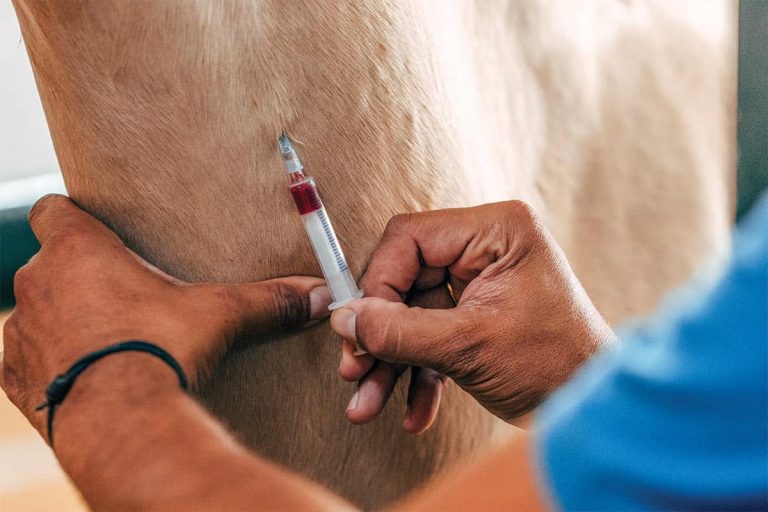Ethyl Alcohol for Pastern Joint Fusion (AAEP 2010)
Any lameness can be tough for a veterinarian to treat and resolve, but pastern joint lameness caused by osteoarthritis can be especially problematic. In low-motion joints, sometimes the solution to lameness troubles is physiologic fusion (fixation of
















